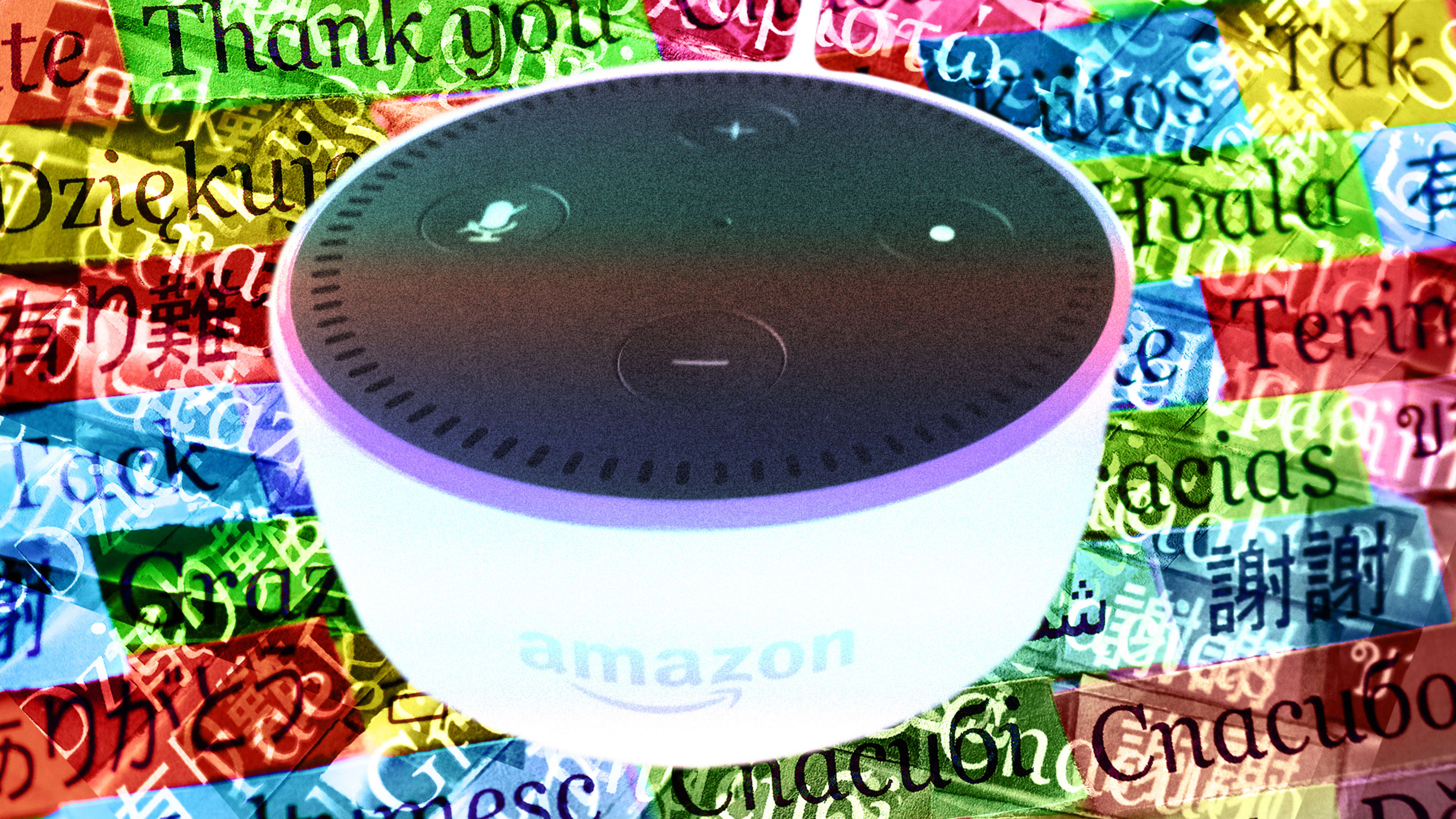Demonstrations around the country have drawn attention recently to the need for more women and people of color in the professional world. Everyone from Apple to the NFL has pledged to diversify their hiring practices. Last month, Adidas announced that 30% of new U.S. positions would be filled by those from the Black or Latinx communities.
While these changes are important, they will take time and will require trailblazers—talented people of color who can step into these roles even if they’re the only one in the room—to lead the way. But companies should not view these positions as simply checking a diversity box. Instead, they should be understood as crucial to businesses’ survival.
I’m used to being the only woman in the room. I spent 13 years in the Army, where only 15% of service members are women. This summer, I started a job as a software development engineer apprentice at Amazon, where I’m gaining experience helping design and implement new features on Amazon’s systems through its career transition program for the military. Now that I’ve transitioned to tech, I check all the diversity boxes as a veteran, military spouse, and Latina woman.
Within the tech industry especially, a more diverse company has the potential to be a more lucrative company by expanding the reaches of its technology to people of typically underprivileged and underserved backgrounds, ethnicities, genders, sexual orientations, and incomes.
Take the example of Amazon’s Alexa. I’m a first-generation American, and my mother still speaks English with a heavy accent. A few years ago I gifted my mother an Alexa Echo device. Until late last year, Alexa wasn’t multilingual, and my mom’s English wasn’t clear enough for Alexa to understand her. So here was a customer who was interested in a product, but it ended up being a paperweight because she couldn’t use it.
I imagine that the development of Alexa’s multilingualism came about because someone in the room who had a similar experience stepped up and said, “If we want to capture a new market sector, we need to make our product more diverse.” Knowing that I could be a part of that discussion someday is what fuels my passion for diversity in tech so I can help ensure that accessibility is at the forefront of the initial product development process—not an afterthought. There is still work to be done with speech recognition technology to recognize the speech patterns of people from many underrepresented groups, but I believe we’re making good progress.
If we want better tech products, we need to develop them with diversity in mind. This is one of the reasons why the market for diversity and inclusion technology—tools that prevent and addresses bias, harassment, and discrimination—is worth roughly $100 million. Consider, for example, that Apple’s Health app initially left out a function that would have been helpful for roughly 50% of its users: tracking menstrual cycles. Was there a woman in the room to raise a concern? I’m guessing not.
If we want to build technology that works for everyone, we have to start by bringing diversity to our educational programs. When I transitioned out of the military last year, I entered a software engineering boot camp called Galvanize, whose graduates have gone on to work for some of America’s top tech companies, including Amazon, Facebook, Apple, Google, and Microsoft. And it’s not a gesture of generosity that 40% of the last year’s Galvanize graduates are people of color; the program actively seeks out students from underrepresented communities and celebrates the unique backgrounds and experiences that aid their success.
Today, I mentor other women, veterans, military spouses, and minorities through Galvanize’s alumni network and on Veterati, a digital mentorship platform for military, military spouses, and veterans. I also volunteer on the board of Hispanic Hackers of Austin, where we create opportunities for software engineers of all levels to showcase their experiences and grow their professional network. Many of the people I speak with worry about being considered the “token hire” in the room. I encourage them to become those trailblazers today and work hard so that in the near future, when we have more diversity in the room, this will stop being a concern. Their uniqueness and perspective is what will drive the tech industry to evolve and innovate for everyone.
Laura Evans is a software development engineer apprentice at Amazon and a former sergeant in the U.S. Army.
Recognize your brand’s excellence by applying to this year’s Brands That Matter Awards before the early-rate deadline, May 3.
